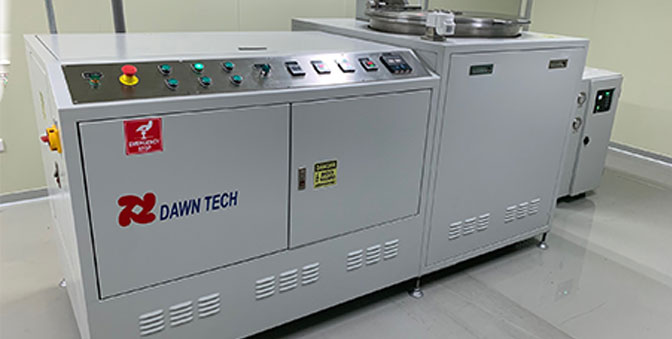Parylene Coating has come up as a potential material for developing highly stable and bio-interfacing optical surfaces. Because of its characteristics, the material can be used in numerous applications in photonics such as biosensors, lab on a-chip, and optical imaging systems.
Some Considerations About Parylene Coating
Parylene is a trade name for a generic polymer material that is characterized by rather useful properties. Parylene C and Parylene N are two of the most frequently used Parylenes Parylene C is appreciated for its high pinhole resistance and barrier characteristics and Parylene N is appreciated for that it is biocompatible and has low autofluorescence.
The Parylene Coating Process
Many of the attributes causing the difficulty in coating substrates are largely because of the conformal deposition technique which is a chemical vapor deposition (CVD). An important aspect of Parylene is the fact that the Parylene monomer is sublimated under a high vacuum and then carried to the substrate to be coated.
The monomer is polymerized on the substrate surface through a polymerization reaction to form a thin Parylene film with conformal coverage. Thus, the PVD process allows uniform thickness and thickness even in difficult-shaped shapes, which makes Parylene optimal for use in several optical elements.
Parylene Coating: Major Benefits for Optical Biointerface
- Biocompatibility: Biocompatibility of Parylene coatings remains high and there is scarce possibility of the reaction with biological tissues and other fluids. Thus it is strategic for use where the product comes into direct contact with living organisms.
- Optical Transparency: The Parylene films exhibit high transmittance in the range of visible light and near the IR region due to the properties of the parylene af4 polymer Parylene coating allows optical components of different designs to be integrated with Parylene coatings because of the material’s transparency.
- Chemical Resistance: parylene coating suppliers in Malaysia and Singapore are highly resistant to a variety of chemicals which include solvents, acids, and bases. This chemical stability also guarantees the protection and durability of the coating along with the optical parts in unfriendly conditions.
- Mechanical Strength: Parylene films are relatively robust, thus they can be very hard-wearing and resistant to scratches, abrasion, and other forms of physical destruction. That is because this form of coating is still an application of the material through mechanical means, thus the importance of the mechanical coating strength especially where the coating is to undergo mechanical stresses.
- Conformal Coating: Parylene coatings can follow the shapes of a substrate and fully encapsulate structures of complex geometry. This conformal property becomes beneficial while coating onto the optical part where the part may be of complex shapes or contains features where the coating mask may not fit.
Coveting has evolved as a potentially useful technique for designing sophisticated optical biointerfaces. Several features of this material include biocompatibility, photo transparency, chemical inertness, sufficient mechanical characteristics, and the possibility of complete coating on the surface of objects, which make it possible to use it in photonics.
As the technological sector in photonics undergoes further progress, the Parylene coating is also anticipated to have an even more significant role in determining the future of optical bio-interfaces.









